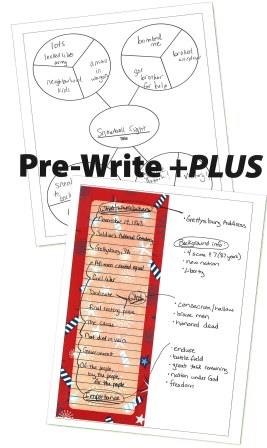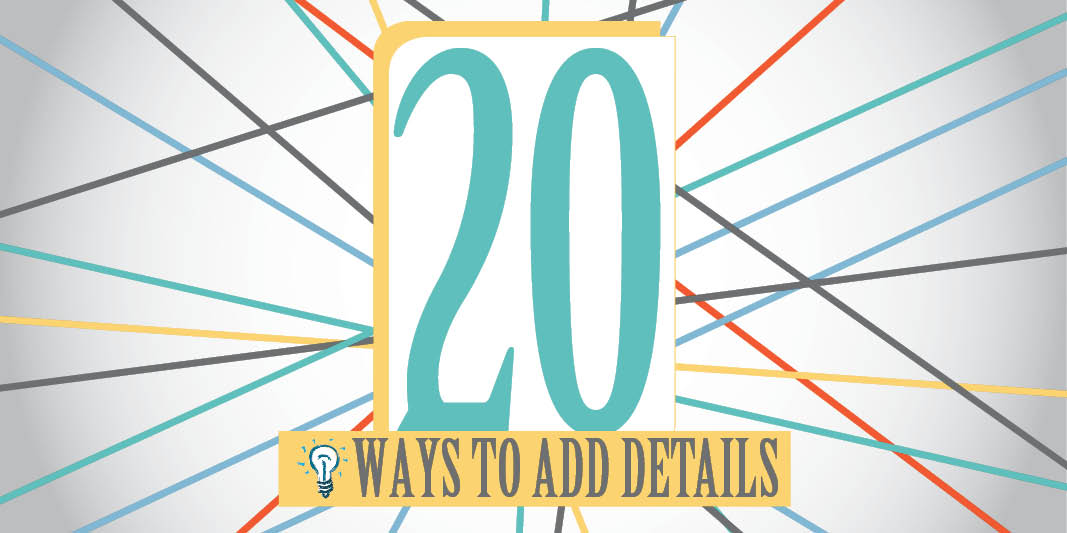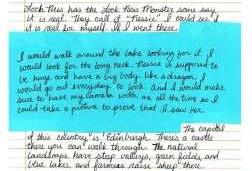Literacy Retreat 2014
SECRET SITE
Developing Ideas in a First Draft
Define the goal for students
Use concrete triggers to introduce the concept of developing an idea.
- Brighten your ideas: Go from dim to bright with more sentences using the “Bright Ideas Lightbulb.”
- Add supporting “leg” sentences: Hold up each pizza-table idea with sentence “legs” of support.
- Supersize your ideas: Take regular-sized ideas and supersize them with the giant magic straw.
- Pump up your ideas: Create a “full” first draft by breathing related sentences into a balloon.
Adjust your teacher-talk to encourage students to elaborate with developed sentences, not merely detail words.
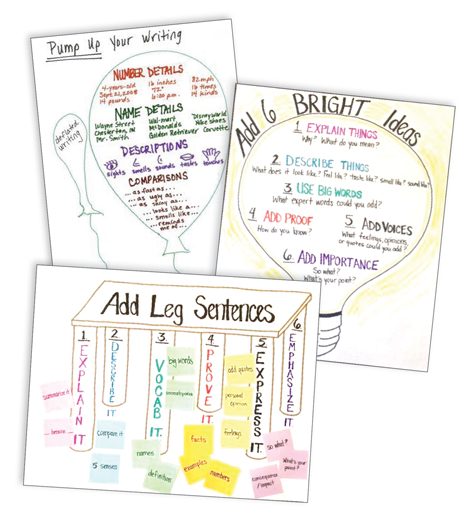
Mini-Lesson Videos:
K: Four Types of Picture Details
GRADE 1: Pump up your writing
GRADE 4: Tables & legs
GRADE 6: Pump up your writing
HIGH SCHOOL: Tables & legs
[20 ways to develop narrative writing]
Although the Retreat session focused on expository and argumentative writing, there are different details to develop in a narrative story. For specific ways to develop narratives, check out our archived article in the Learning Center.
6 ways to develop expository/argumentative writing
- Teach your writers to ask themselves questions and to look for ways to provide the reader with more information.
- For student notebooks, consider utilizing the mini-poster template.
- The student bookmarks make for a quick reminder of the 6 types of details that writers can add to further develop their ideas (color version or black/white version).
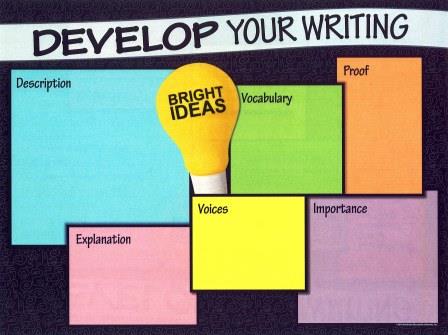
Model how to add details
Utilize the gradual release of responsibility to teach students how to utilize each type of detail you introduce. This will require demonstrating with several examples and executing multiple Think Alouds.
Develop ideas via revision (Revising)
- Colorful paragraphs: Secondary version
- Colorful sentences: Primary version
- Sticky dots: Elementary version
- (Story) Surgery: Elementary version, Secondary version
- A-Spot/B-Spot: Elementary version, Secondary version
- Self/Peer-Revision: multiple versions
Think before you write (Pre-writing)
GRADE 1: Recall & retell using the ABC Chart.
GRADE 4: Expound on pre-write within the first draft.
GRADE 7: Pre-write with grocery list.
GRADE 6: Add & clarify ideas through peer revision.
Graphic organizers to support the pre-writing process:
- Table Top & Legs: Each key point is a table-top idea that needs to be developed with details in supporting “leg” sentences.
- BME + PLUS: Traditional BME graphic organizers tend to produce short writing… +PLUS versions encourage more middle details.
- Web + PLUS: Traditional webs tend to generate listy writing… +PLUS webs include dissected sections for added detail.
- ABC Chart poster: Brainstorm & sort (see blue sticky notes)… +PLUS includes added detail per category (see yellow sticky notes).
- Grocery List +PLUS: After making the initial grocery-list of details… +PLUS includes adding more bullets of related details.
- MEAL Plan: An acronym used by Duke University professors and students.
